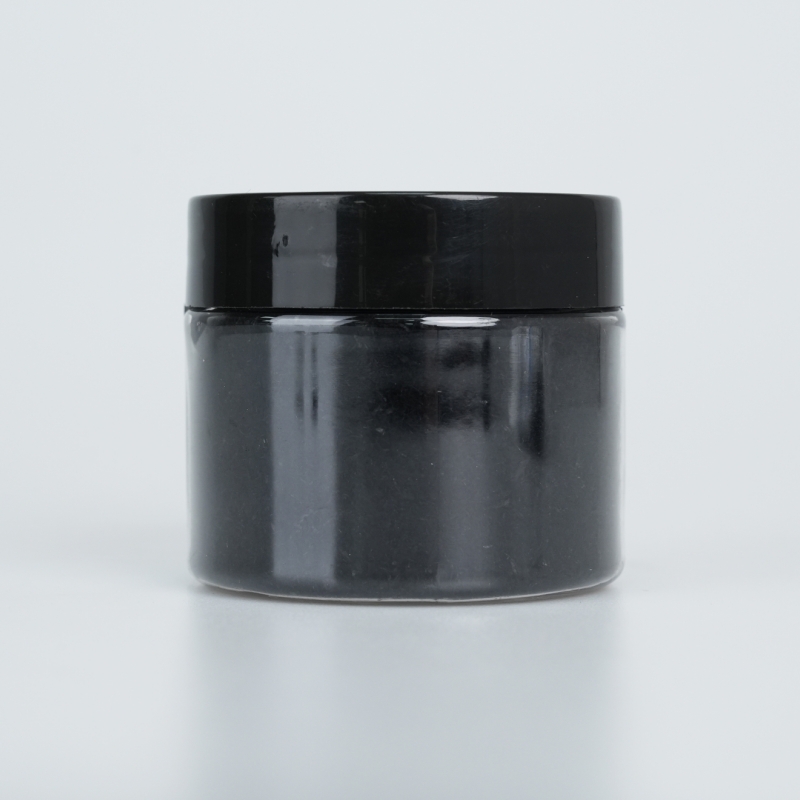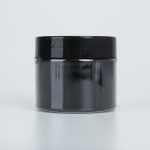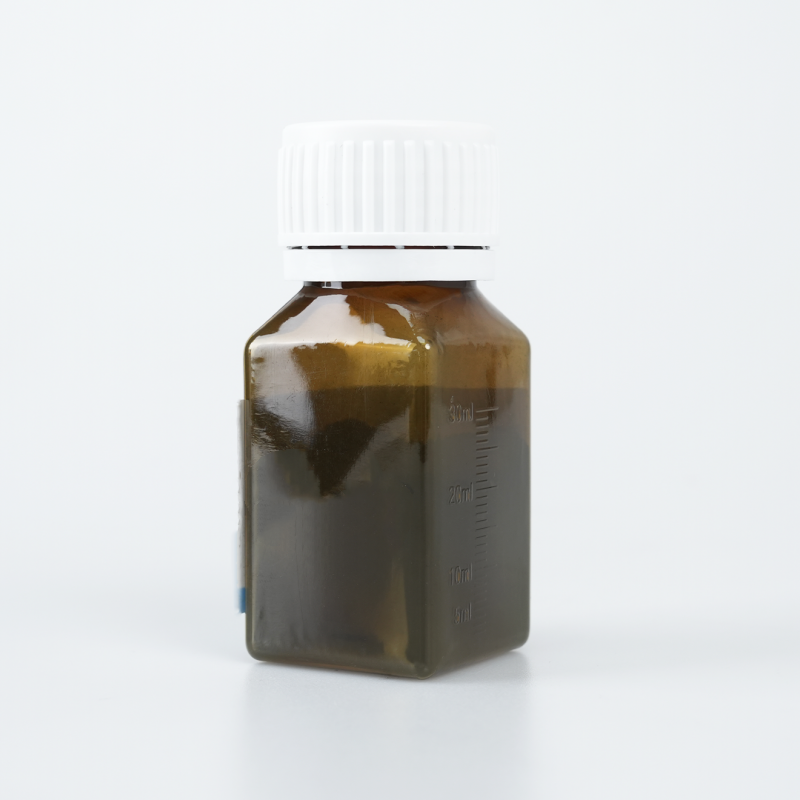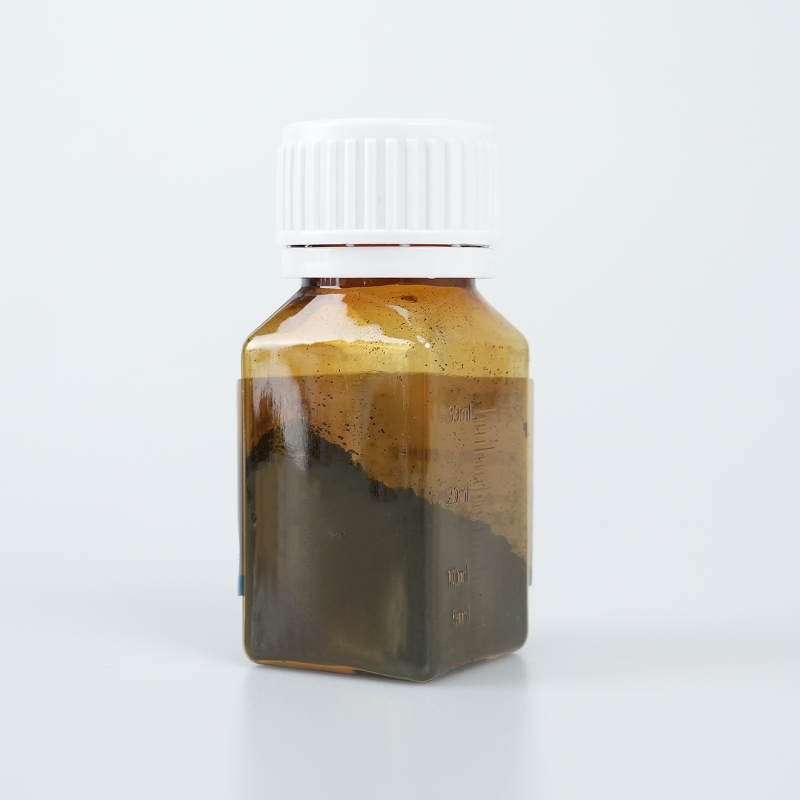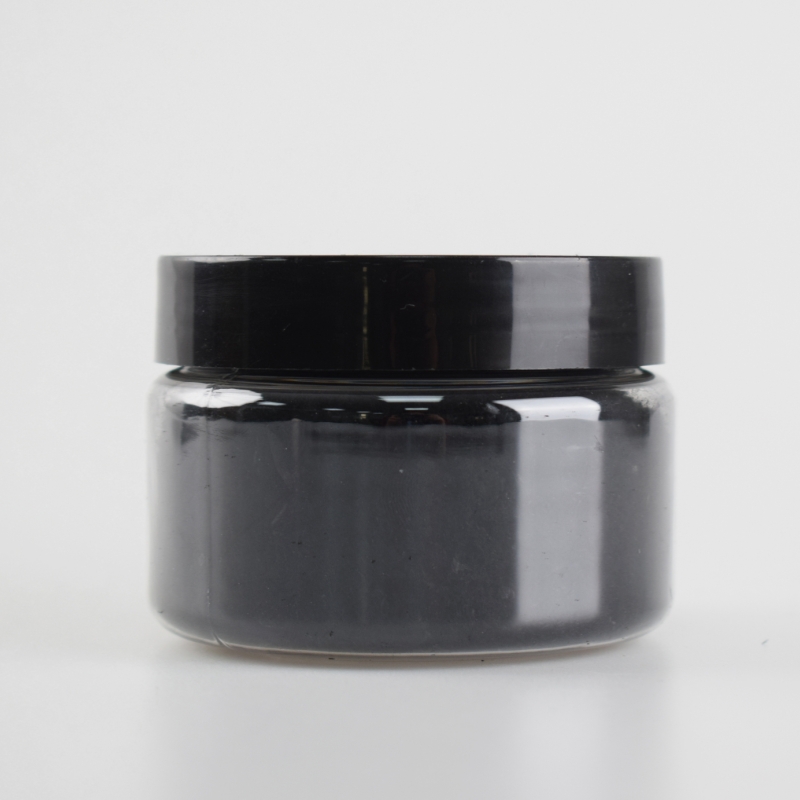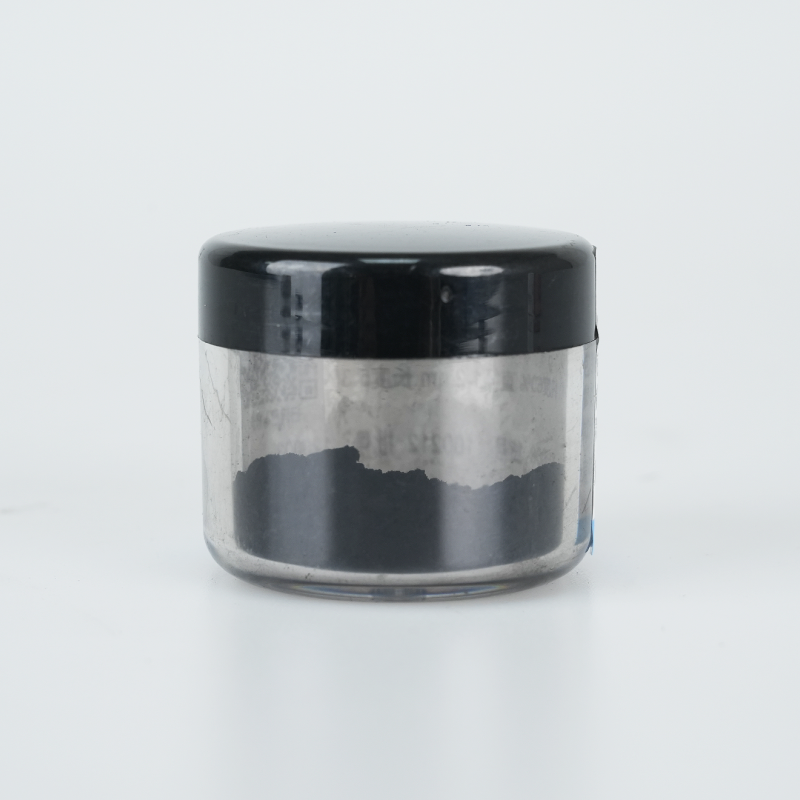Ultra-high purity single-walled carbon nanotubes (SWCNTs) offer exceptional electrical conductivity, optimized high surface area, and superior mechanical properties. Designed for advanced material applications, they ensure uniform dispersion, extended stability, and high-performance adaptability.
Product Overview
Ultra-high purity high surface area single-walled carbon nanotubes (SWCNTs) are advanced nanomaterials with excellent properties. Their structure is composed of a single layer of graphite hexagonal lattice, which provides unique electrical, mechanical, thermal, and chemical characteristics. This product, carefully synthesized for very high surface area, is suitable for a wide range of high-tech applications. With outstanding electrical conductivity, thermal conductivity, and mechanical strength, ultra-high purity SWCNTs have broad potential for use in electronics, energy storage, composite materials, and more.
Key Features
- Excellent Electrical Conductivity: These nanotubes have high conductivity and low resistance, enabling efficient current transmission, comparable to conductors like silver and copper.
- High Thermal Conductivity: They exhibit excellent heat conduction, making them valuable in applications requiring efficient heat dissipation.
- Unique Mechanical Properties: With high tensile strength and a Young's modulus up to 1 TPa, they are ideal for reinforcing composite materials.
- High Chemical Stability: SWCNTs maintain good stability in complex chemical environments, showing resistance to chemical reactions and ensuring stable performance.
- Optical Properties: Under specific conditions, these nanotubes absorb and scatter light, and may even emit light in certain situations, making them suitable for optoelectronic devices.
- High Flexibility: They are highly flexible, able to bend and fold without breaking, making them suitable for flexible electronic devices.
Applications
- Electronics: Used in manufacturing smaller, more efficient integrated circuits, field-effect transistors, and flexible electronics.
- Energy: As electrode materials in lithium-ion batteries, SWCNTs enhance charge/discharge performance and cycle life. They are also used in supercapacitors to increase energy and power density.
- Composite Materials: When added to polymers and other materials, they improve strength, stiffness, and toughness.
- Sensors: Used for detecting gases and chemicals with high sensitivity and selectivity, suitable for biosensor applications, including the detection of biological molecules and cells.
- Nanomechanics: As key components in micro-mechanical systems, including in nano motors and other precision devices.
- Aerospace: Used in the production of lightweight, high-strength components for aircraft and spacecraft.
- Other Applications: SWCNTs also have broad uses in catalysis, field emitters, conductive films, and as bio-nanomaterials.
| Technical Parameter | Description |
| Diameter | 1-2 nm |
| Purity | >95% |
| Length | 5-30 μm |
| Specific Surface Area | >1075 m²·g⁻¹ |
| Preparation Method | Floating catalytic method |
 new material
new material

